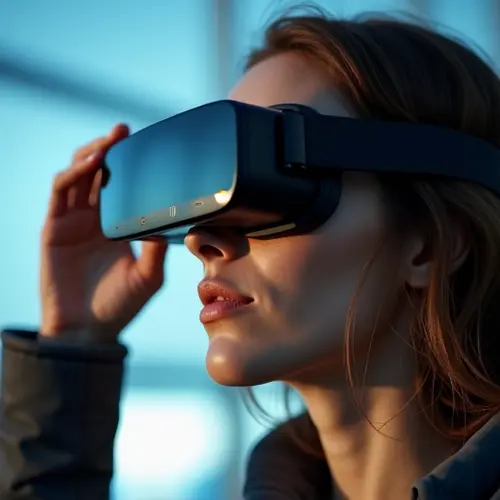
Apple and Meta’s Race for AR Dominance
The augmented reality (AR) glasses market is heating up, with tech giants Apple and Meta investing heavily in next-generation wearable technology. As consumer interest grows, the question remains: which company will lead the way?
Apple’s Vision Pro: A Spatial Computing Breakthrough
Apple’s Vision Pro, announced in 2023, is a mixed-reality headset that integrates digital media with the real world. With features like motion gestures, eye tracking, and speech recognition, Apple markets it as a "spatial computer" rather than a traditional VR headset. The device runs on visionOS, a mixed-reality operating system derived from iPadOS, and supports multitasking via floating windows in the user’s surroundings.
Apple’s acquisition of AR companies like Metaio and Vrvana has bolstered its AR capabilities, and rumors suggest that lightweight AR glasses are in development as a follow-up to the Vision Pro.
Meta’s Ray-Ban Smart Glasses: Blending Style and Tech
Meta, formerly Facebook, has partnered with Ray-Ban to release smart glasses with AR capabilities. The Meta Quest line, initially launched as Oculus Quest, has sold over 20 million units as of 2024. The latest models feature color passthrough and support for augmented reality, making them a strong competitor in the AR space.
Meta’s focus on social integration and AI-powered features, such as live translation and Instagram Direct, sets its glasses apart. Enhanced versions rumored for 2025 promise even more advanced functionalities.
Consumer Readiness: The Big Question
While both companies push the boundaries of AR technology, consumer adoption remains uncertain. High prices, battery life concerns, and the need for compelling use cases are hurdles. However, with Apple’s ecosystem and Meta’s social platform strengths, both are well-positioned to drive AR into the mainstream.
As the competition intensifies, 2025 could be the year AR glasses become a must-have gadget.

 Nederlands
Nederlands
 English
English
 Deutsch
Deutsch
 Français
Français
 Español
Español
 Português
Português